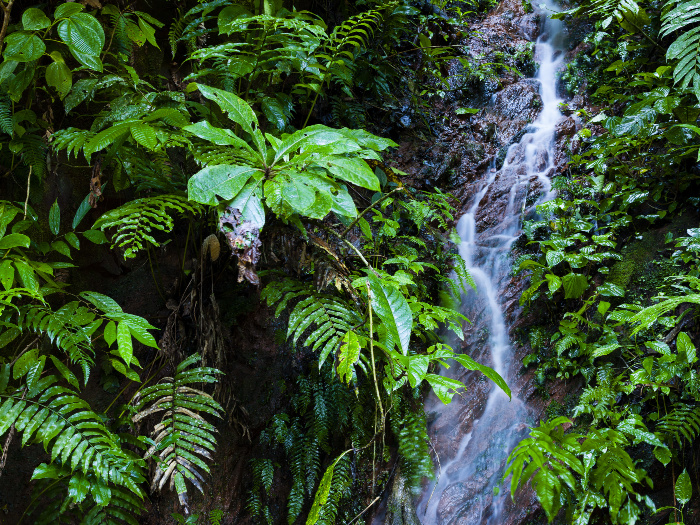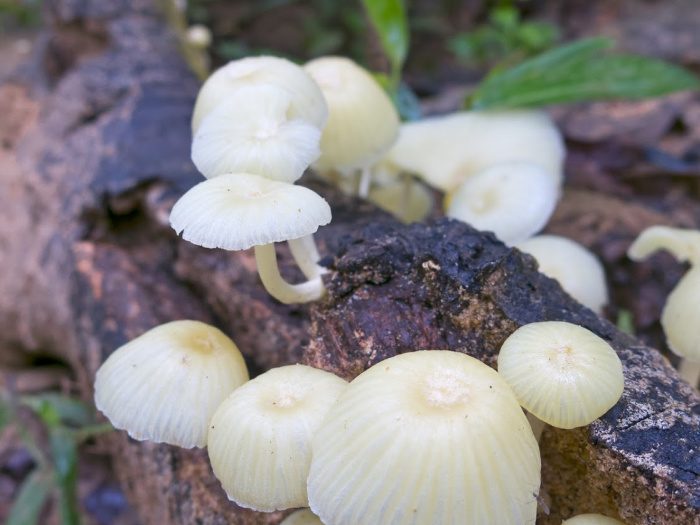The impact of our changing climate is having real effects on real people and we must act now to stop it.
Intact forests like the Amazon can absorb enough carbon to offset many countries’ total carbon emission.
The Amazon itself stores 90-120 billion tons of carbon, helping stabilize the entire planet’s climate. When forests are damaged or fragmented due to human activity, not only is carbon released from the outright deforestation, but edge effects (forest damage at created edges), drying, and fire cause over 150 million tons of annual emissions.
The United Nations Paris Climate Agreement of 2015 emphasizes the critical importance of conserving forests, reforesting degraded land, and sustainably managing forests as a critical way to fight climate change.
By promoting sustainable livelihoods, we help turn people away from destructive practices that contribute to worsening our global climate, such as illegal logging and gold mining.
Through supporting communities in turning to forest-friendly practices like ecotourism, sustainable use of forest products, and harvesting of Brazil nut, cacao, and Açaí, we help them gain an income that protects forests, not harms them.

Intact forests are one of the best ways to fight climate change.
Keeping large swaths of forests whole stops carbon from being released into the atmosphere, and increases oxygen production. We protect over 4 million acres of forests through our holistic conservation approach.

As the only organization supported by the European Union’s Euroclima+ program in South America, we are using our multi-country, boots-on-the-ground approach to develop models of forest management in Peru and Bolivia that facilitate climate change adaptation and mitigation for communities.
This innovative model will gather the science, research, and best practices in climate change and mitigation done to date and pilot adaptable sustainable livelihoods experiences that can be replicated around the world.

From Nashville to the Amazon: Linking Business, Sustainability, and Ecosystems Business supporters are one of Amazon Conservation’s favorite avenues to raise awareness and support for our work because of their unhindered desire to give back to the planet. Whether directly donating to our work, promoting awareness of the Amazon’s importance to their clients, running campaigns […]
In the first two installments of a new series monitoring soy deforestation in Bolivia, we provide more accurate estimates of total soy production-based deforestation and some of the major actors driving this significant source of deforestation. It is generally well known that the production of commodities such as soy, oil palm, and cattle are major […]
Our sister organization in Peru, Conservación Amazónica – ACCA, has joined forces with Consecuencias (Consequences in English), a USAID initiative that seeks to encourage youth to learn about the dangerous effects of environmental crimes and get involved in taking action to stop them by reporting and denouncing the crimes through various social media platforms. Dangerous […]